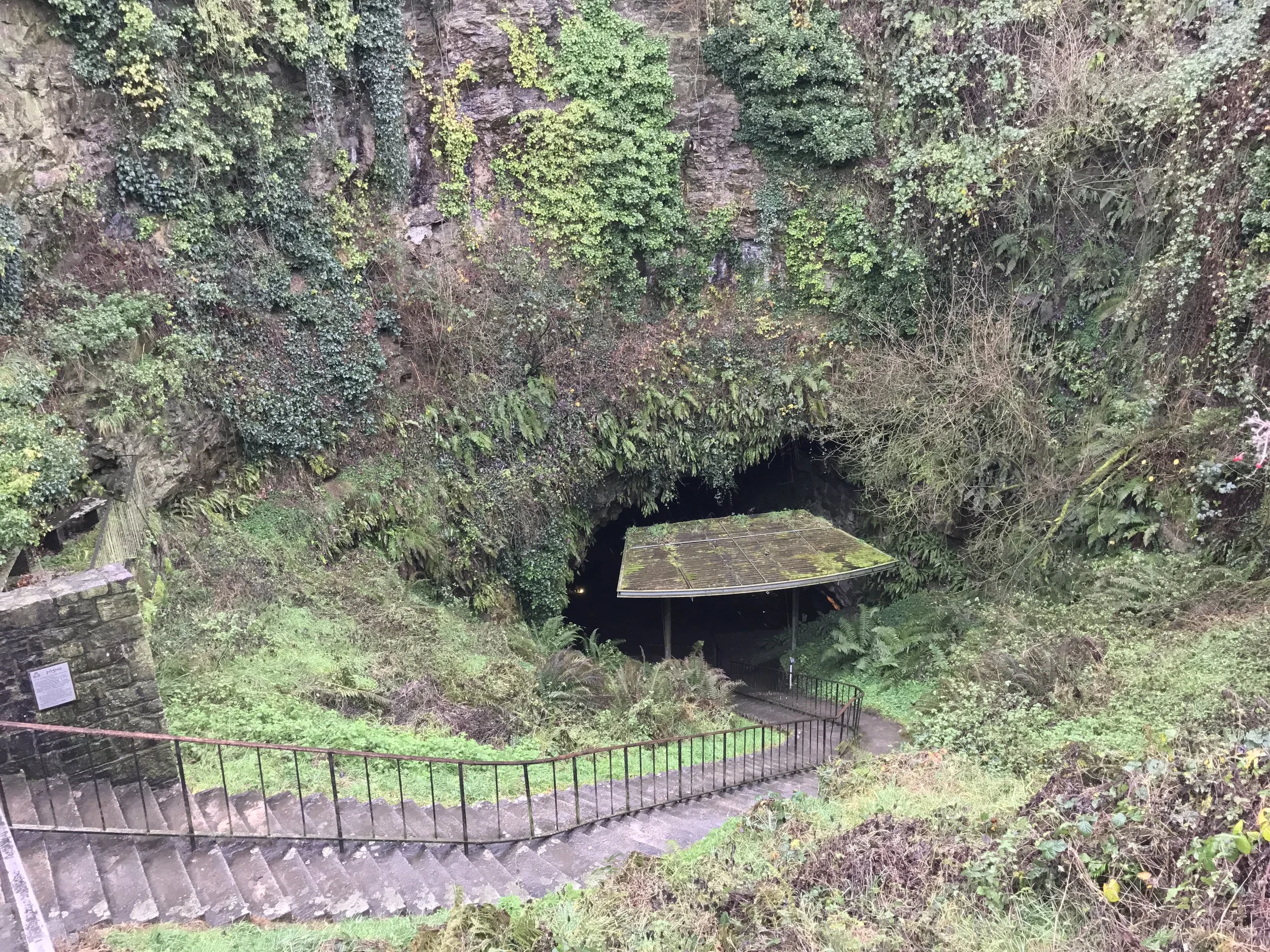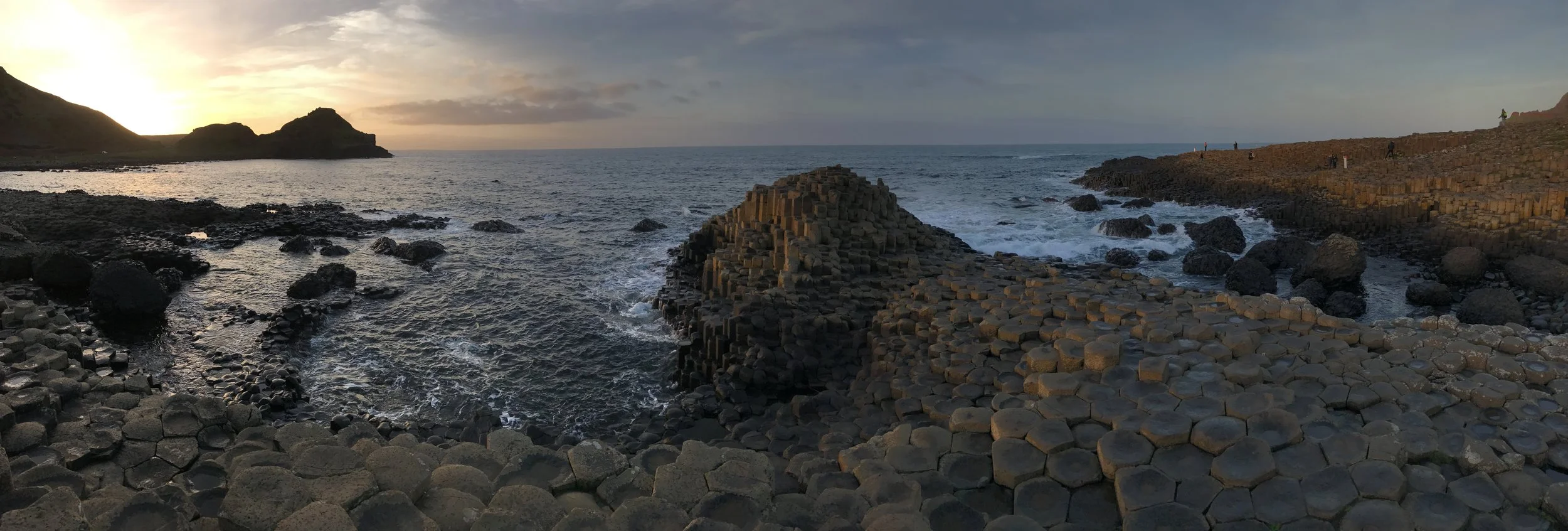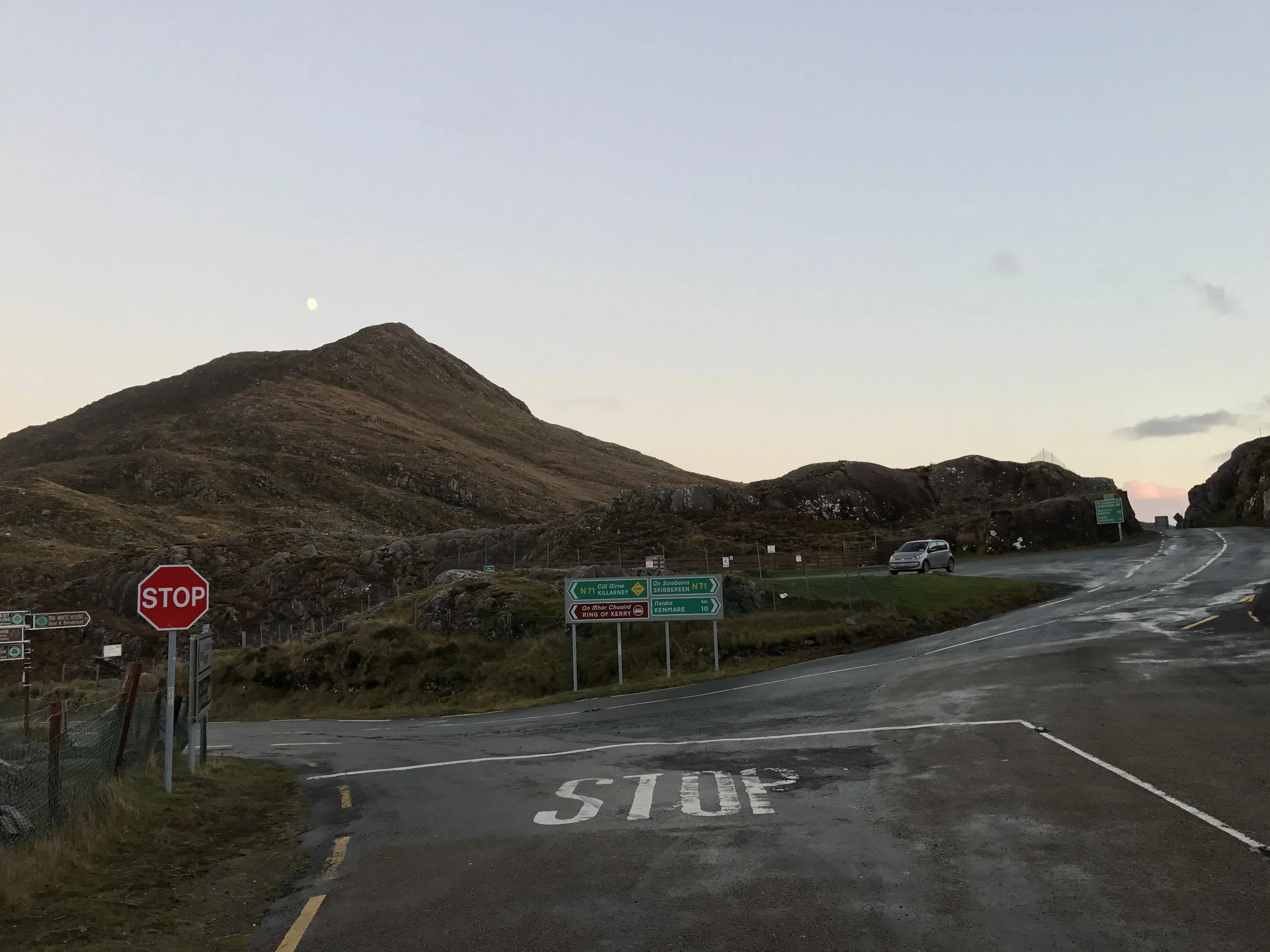Unless one is an avid spelunker, one does not think of caves when one thinks of Ireland. However, the island is actually a location with a number of interesting geological features, including a number of caves that can be explored by a casual traveler. Generally, most of the caves in Ireland are known as “Show Caves”, which means they are operated by either a onsite concessionaire, or the government, and access is regulated via guided tours. While there are caves one can explore on one’s own, most notably in the Burren region, these caves are the purview of actual cavers, not casual tourists. Out of all of the caves in Ireland, there is only one cave that was the actual site of a mass murder, and that is Dunmore Cave.
Giant's Causeway
One of the most magical things about Ireland is that no matter where one goes in the country, that area is guaranteed to have a local legend of some sort. From Saints, to Holy Wells, to ghosts, monsters, the Devil himself, sprites, fairies, leprechauns and more, the land is inhabited by magical creatures and secret portals to other magical realms. And, with many places of otherworldly scenery, even if you are a non-believer, it is easy to see how such myths, legends, and stories came about. Out of all of these places, however, there is only one spot where one can visit where two giants battled, or depending on the account, where one giant tricked another, and that is the Giant’s Causeway in Northern Ireland.
Lone Pine Lake
At 14,505 feet, Mount Whitney is the tallest mountain in the continental United States, and one of the most popular spots to hike and climb. In addition to these things, it also has a number of high alpine lakes located nearby (such as the Meysan Lakes), and a number of lakes located along the trail to the summit - such as Mirror, Consultation - and Lone Pine Lake. While Lone Pine Lake is technically not on the trail to the summit, as it is off a short spur trail, it is a great short hike for beginner backpackers and hikers, and for those parties looking to take more than one day to summit Mount Whitney.
Pancake Rocks
From its northern tip to its southern stretches, the South Island of New Zealand has a number of unique geologic features like the Moreaki Boulders. While some of these locations require a bit of commitment to see, other features like the Pancake Rocks on the west coast of New Zealand are easily accessible. Further, as a whole, the west coast of New Zealand’s South Island is an area that, while it is isn't hidden, is wild as a whole. As a start, the west coast is one of the rainiest portions in the entirety of the island, with storms commonly coming off the Tasman Sea. It is also an area that in places, resembles a more tropical locale with pristine beaches, and has many sub-tropical rainforests that are in part, are protected in Paparoa National Park.
Hall of Mosses
While there are three temperate rainforests inside the boundaries of Olympic National Park (Hoh, Quinault, and Queets), the most popular and well-known is the Hoh Rainforest. In addition to its notoriety, the Hoh Rainforest is also the only one of the three to be named a World Heritage Site and a Biosphere Reserve by UNESCO. Before it received this type of recognition, however, the Hoh itself was one of the main reasons for establishing Olympic National Park, as the park itself was created to preserve “the finest example of primeval forest…”. Located on the slopes of the western slopes of the Olympic Mountains, the Hoh is also a spot that receives a great deal of precipitation, averaging over fourteen feet of rain per year. All of this rain has encouraged the growth of tall stands of sitka spruces and western hemlocks, and many other plants throughout the forest. While there are many trails that explore the Hoh Rainforest, the easiest and most accessible introduction to the region is the Hall of Mosses trail.
How to drive like a boss in Ireland
Ireland. The Emerald Isle. Home of Saint Patrick, Guinness, Jameson’s, the Blarney Stone, fine music and literature and much more. And from the Giant’s Causeway in Northern Ireland to the Cliffs of Moher and everything beyond, Ireland is one of the most scenic countries in the world. While Ireland can be explored without a car through a variety of ways, having a car allows one the freedom and latitude to stop at that quaint roadside pub; to see the abandoned ruins without other people, let alone tourists; and to experience everything the country has to offer. Keeping that in mind, like any foreign country, Ireland has a number of rules in both obtaining a rental - and driving that rental that differ greatly from much of the world. For starters, unless one is from the United Kingdom, New Zealand, India, Australia, Japan, or parts of southern Africa, the concept of driving on the left side of the road is completely foreign. But never fear - below, I’ll cover the basics of how to properly obtain a rental, and how to drive it before concluding with some helpful tips related to driving in Ireland that will leave even novice driver’s feeling like an expert.
The Chasm
If one has the time, and the luxury of having a car, or rented a car, driving around the South Island of New Zealand is one of the great adventures in life. Aside from cities and towns, a majority of the island has little traffic, and nothing but sweeping views of far off mountains, expansive coastlines, and almost everything in between. While it is hard to single out one specific drive with the “best” views, any list would surely include the stretch of State Highway 94 from Te Anau to the Milford Sound (otherwise known as the Milford Road). Along this 118 kilometer (73 miles) stretch of road, one has fantastic views of Fiordland National Park, with alpine meadows, snowcapped peaks, waterfalls, old growth forests, and glacial valleys. The only downside to this road is that unlike other stretches of New Zealand highways, it is narrow, and at times, does not have places to pull out and admire the view.








